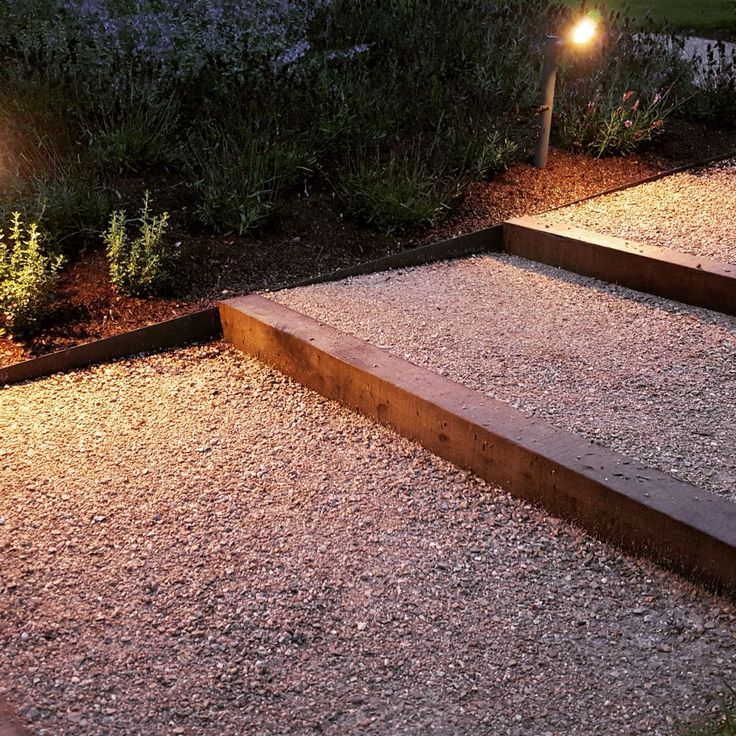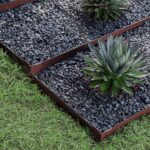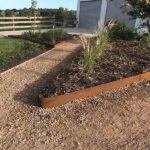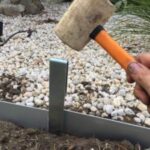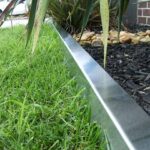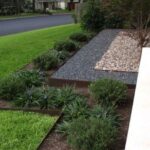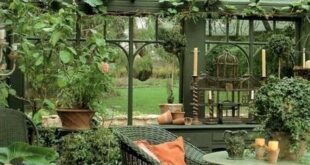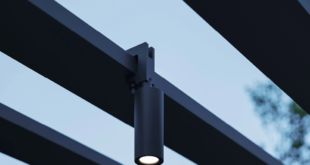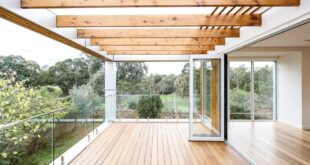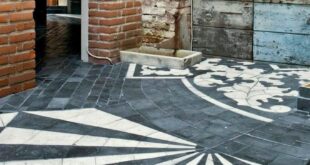Metal garden edging is a practical and stylish way to define your garden beds, pathways, and borders. Not only does it provide a clean and polished look to your landscaping, but it also helps to keep weeds at bay and prevent soil erosion. With so many options available on the market, choosing the right metal garden edging can be overwhelming. To help you make the best decision for your garden, here are some expert tips for choosing metal garden edging.
1. Consider the Style of Your Garden Metal garden edging comes in a variety of styles and finishes, so it’s important to consider the overall aesthetic of your garden. If you have a modern garden with clean lines and minimalistic design, a sleek and contemporary metal edging would complement the look. On the other hand, if you have a more traditional garden with a rustic charm, a weathered and textured metal edging would be a better fit.
2. Decide on the Material Metal garden edging is typically made from aluminum, steel, or iron. Aluminum is lightweight, corrosion-resistant, and easy to install, making it a popular choice for most gardeners. Steel is durable and strong but can rust over time if not properly treated. Iron is heavy-duty and long-lasting, but it requires regular maintenance to prevent corrosion. Consider the climate and maintenance requirements of each material before making your decision.
3. Measure Your Garden Bed Before purchasing metal garden edging, make sure to measure the length and width of your garden bed. This will help you determine how much edging you need and prevent you from buying too much or too little. Most metal garden edging comes in standard sizes, but some manufacturers offer custom sizes for a perfect fit.
4. Consider Installation Ease Metal garden edging can be installed in a variety of ways, including hammer-in, stake-in, or bolt-in options. Consider your DIY skills and the time you have available for installation before choosing a specific style. Hammer-in edging is the easiest to install, while bolt-in edging provides the most secure hold.
5. Look for Durability Metal garden edging is exposed to the elements year-round, so it’s important to choose a durable option that can withstand harsh weather conditions. Look for metal edging that is powder-coated or galvanized to prevent rust and corrosion. Additionally, consider the thickness of the metal – thicker edging will be more durable and long-lasting.
6. Set a Budget Metal garden edging comes in a wide range of prices, so it’s important to set a budget before you start shopping. Keep in mind that higher-priced edging typically offers better quality and durability, but you can still find affordable options that meet your needs. Compare prices from different retailers and consider factors like material, finish, and size to find the best value for your budget.
In conclusion, choosing the right metal garden edging for your garden requires careful consideration of style, material, measurements, installation ease, durability, and budget. By following these expert tips, you can make an informed decision that enhances the beauty and functionality of your garden for years to come.
